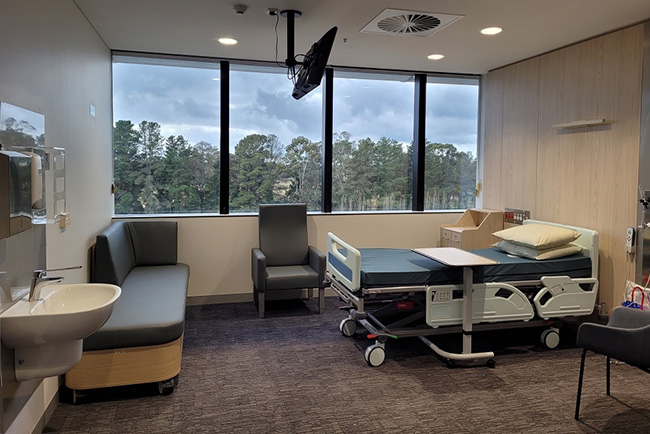Browse Category
We explored some of the statistics and data around healthcare workplace injuries caused by hazardous manual handling, and what can be done in hospitals, clinics and care facilities to improve the safety of our workers, and patients.
Over 12 months 256,800 females experienced work-related injuries or illness; 29% of which were employed in the Healthcare and Social Assistance industry
(Reference period July 2017 – June 2018)
Source: Australian Bureau of Statistics.
NSW Nurses and Midwives’ association and WorkCover QLD report that hazardous manual tasks are the largest cause of occupational injury to nurses and midwives, and many injuries are preventable. Shoulder, back and musculoskeletal damage due to dangerous patient handling account for a significant number of irreversible injuries to healthcare workers.
Adding to the risks associated with handling patients are; shift work with long periods on your feet, fatigue, and poor workplace design which all contribute to the likelihood of sustaining injury.
Unfortunately many shoulder and back injuries sustained by nurses, assistants and midwives can lead to long-term or permanent disabilities


Key Safety Features:
Key Safety Features:
Key Safety Features:
The common issue with recliners is that closing the footrest relies on sufficient force from the legs of the person in the chair. Where this presents a challenge for patients, rendering external assistance can cause staff to have to bend over and exert force in an unnatural manner, increasing the risk of injury to the healthcare worker
The leg rest handle is designed so it can be operated either in-chair or externally by a staff member
Optional fold down or removable armrests, toimprove side access
Rear push handle and large individually locking wheels to make relocating the chair easier for staff
Patient transport is a high injury risk area for staff, as transport and transfers often call for unnatural movements, and at least two staff.
The Slim E-Drive Stretcher has been designed to be used by just one operator. The motorised 5th wheel and push-touch mechanism requires no effort for forward-backward and lateral movements.
This enables smooth patient transport with greatly increased maneuverability.
Safety and comfort for both staff and patients.
Key Safety Features
Assisted height adjustment from 820mm to 1090mm, with just a single hand operation.
A lot of adjustable tables have a screw mechanism which requires two hands. One hand to loosen and tighten the key wheel, and the 2nd to adjust the height, then hold the table in position while retightening the key wheel.
While it doesn’t sound like much, performing this task repeatedly over long shifts and having to balance food and drink on the table at the same time, is a preventative and unnecessary strain on medical staff.
For over 40 years Dalcross Medical Equipment have been dedicated to helping healthcare workers improve patient care, comfort, staff safety, and facility appeal. We are an Australian manufacturer and importer of medical furniture, lighting, and medical equipment.
Time to upgrade tired furniture or fit out a new modern space?
Report International Journal of Occupational Safety and Ergonomics 2000 Manual Handling Injuries in Healthcare workers N. Bewick D. Gardner
Dalcross Medical Equipment has been helping improve patient care, comfort and facility safety for over 40 years. As an Australian owned manufacturer and importer of high-quality medical equipment designed specifically for use in hospitals and other clinical settings where hygiene levels must be maintained at the highest possible standard, you can rely on our products to support a healthy and hygienic environment.
Is it time to upgrade furniture to better manage hygiene control?


"*" indicates required fields